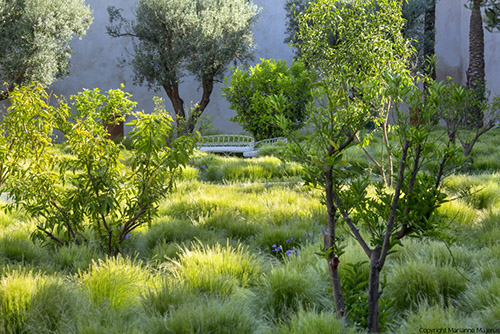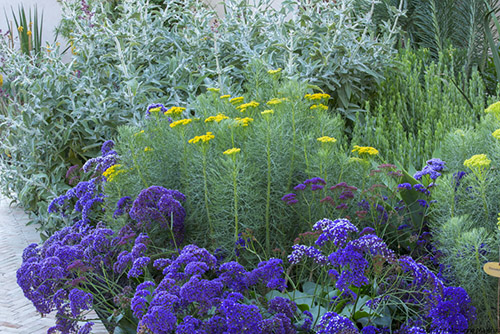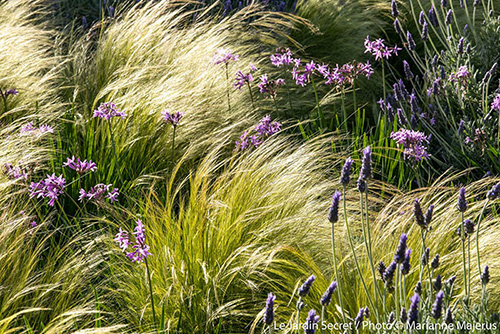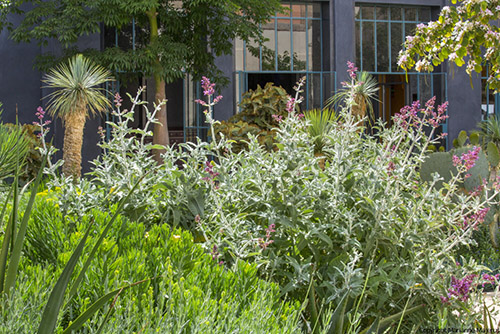Tickets sold on place. Online tickets coming soon
The Garden
Today the green spaces of Le Jardin Secret are divided into an exotic garden and an Islamic garden. The exotic garden is filled with plants coming from all over the world, recalling the experimental aspect of the great gardens of Marrakech. From the Medieval era to the early twentieth century Marrakech has indeed embodied the very same model of the garden city, as is shown by the city’s historical nicknames (“a rose among the palm trees”, “an oasis in the desert” or still again “Al-Bahja”, the city of peace and open air) but also the gardens of Agdal and Menara. In Le Jardin Secret, the Islamic garden was instead restored following the likely nineteenth century layout. Closely linked to the riad structures, this type of garden was an oasis of peace, where you could allow yourself to indulge in your idleness and contemplation thanks to the shade of the trees and the intimacy of the enclosed space. The four-part layout of the Islamic garden (which was previously encountered as early as in the sixth century BC in the Persian gardens of Cyrus the Great, and in Morocco at the turn of twelfth century), designed to facilitate the irrigation of the grounds, reminds you of the description of heaven as narrated in the Quran. The garden is as a matter of fact a metaphor of heaven; it is a sacred place, laid out according to rigid geometrical rules, in which the Muslim order asserts itself over the wild disorder of nature.








